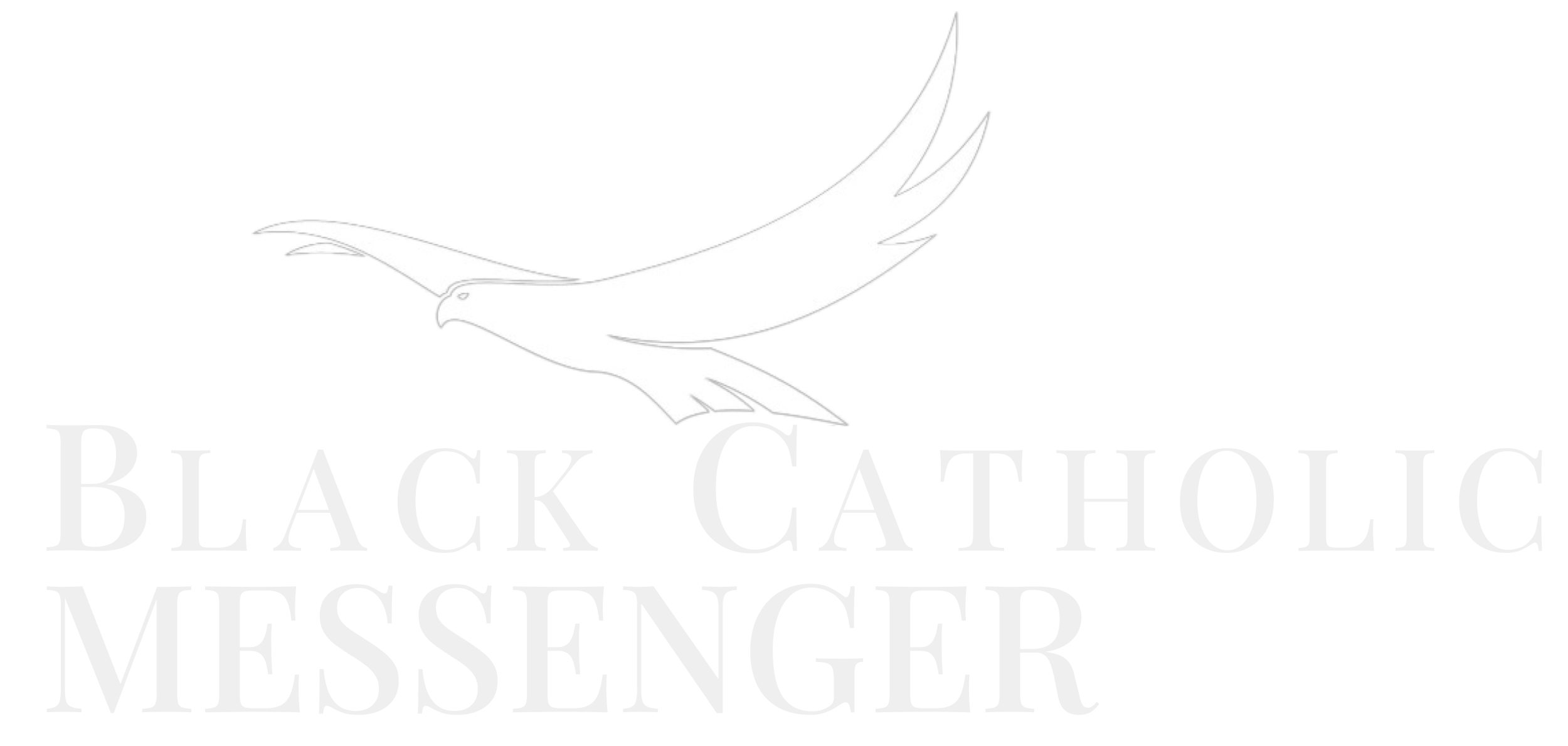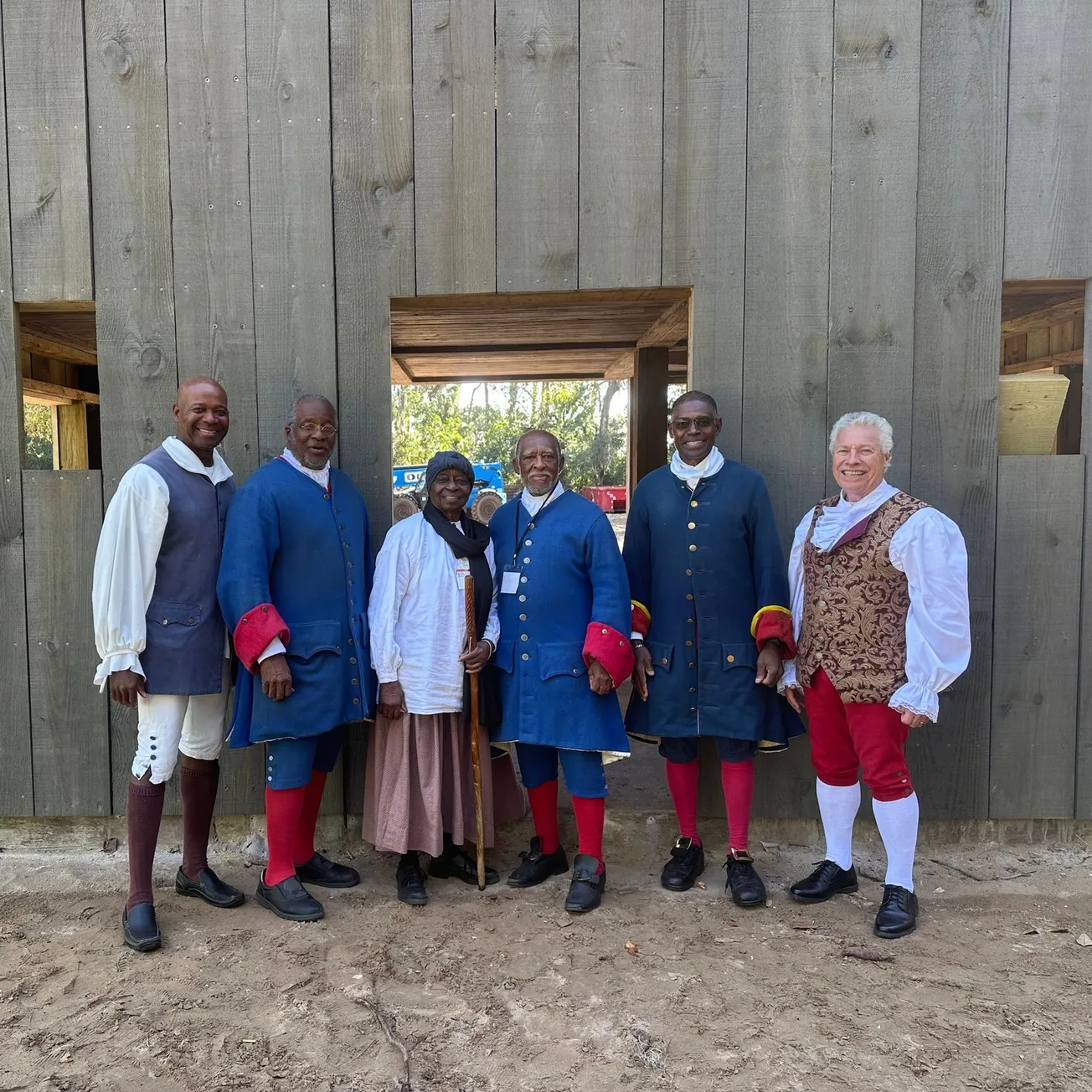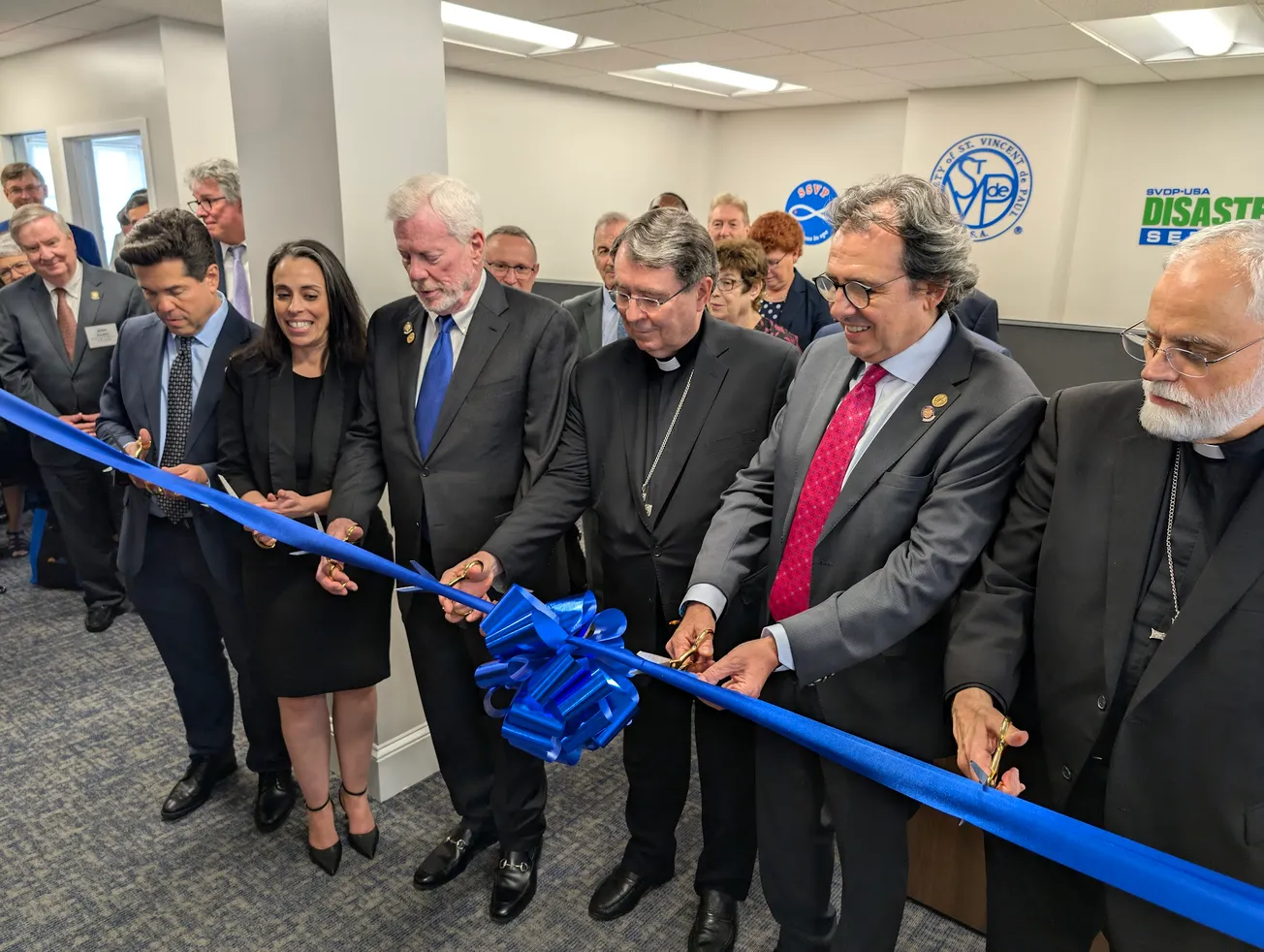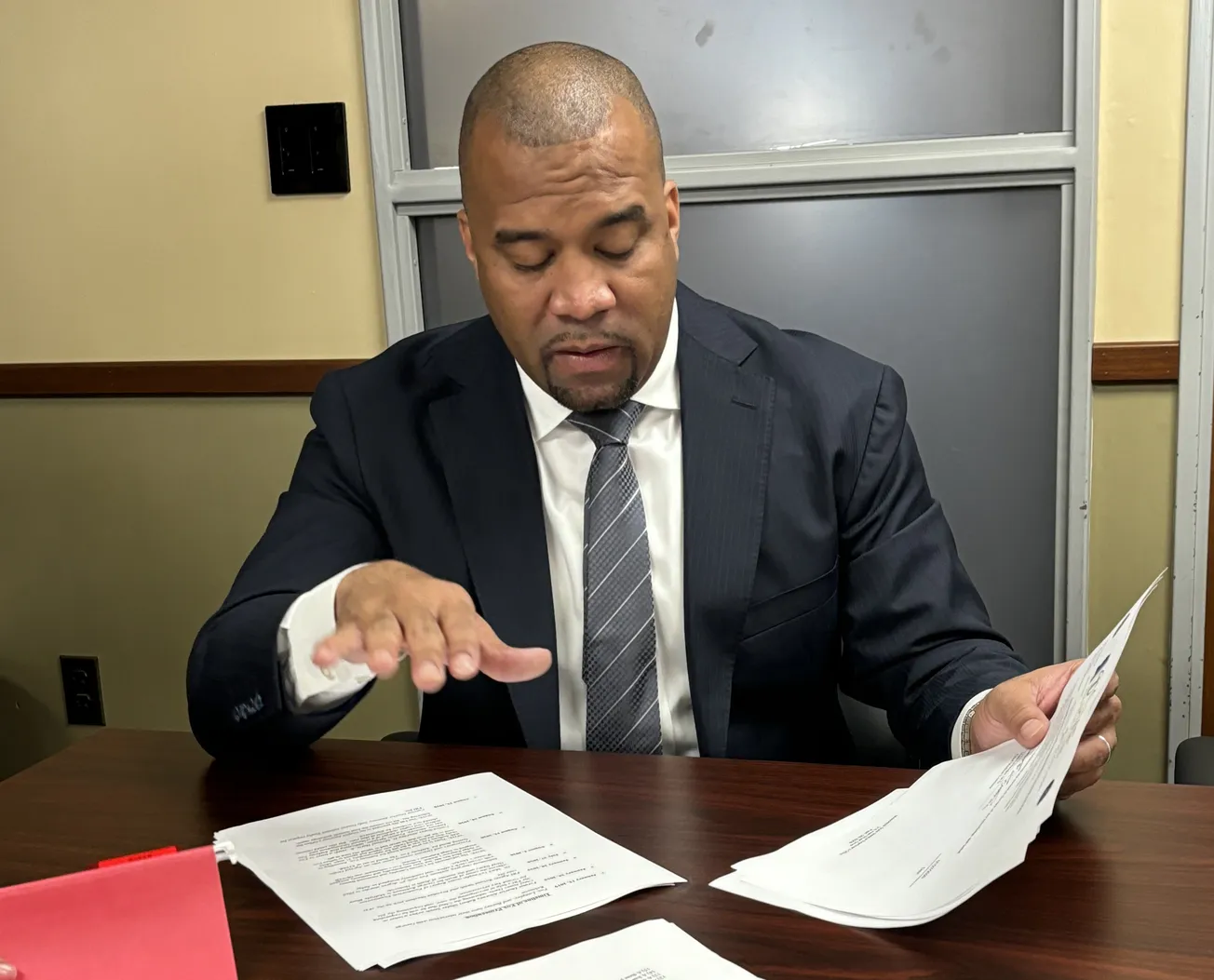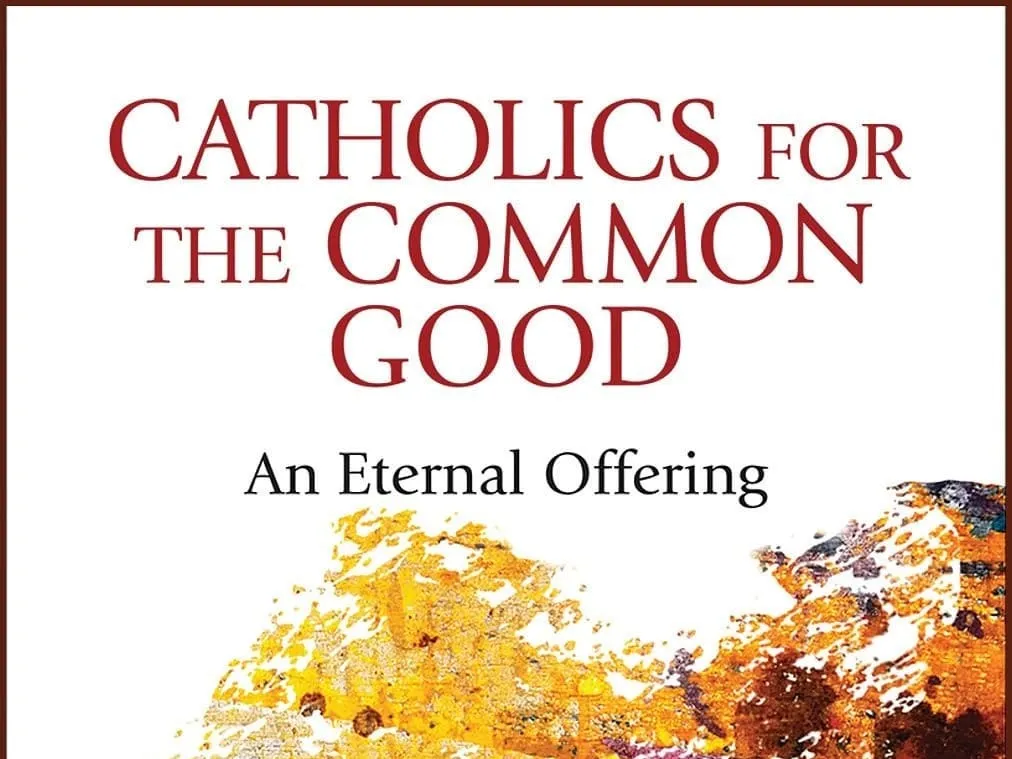The reconstructed replica of Fort Mose—the first free Black settlement in America—is set for a grand unveiling next month in the nation’s oldest city, St. Augustine, Florida.
An opening weekend will take place May 9-10 at Fort Mose Historic State Park, where construction began just over a year ago on the $3 million-dollar project. The celebration will begin with a ribbon-cutting featuring various community partners.
“A dream more than 30 years in the making will become a reality,” the Florida State Parks Foundation said in a statement.
“The completed fort will serve as a new centerpiece for the park and will elevate Fort Mose among St. Augustine’s many sites of historical significance. The fort is expected to draw school groups, historians and visitors from around the nation and world.”
The events will take place during the St. Augustine History Festival, which runs from May 7-11 and will draw thousands to the Historic Coast of northeastern Florida, celebrating the oft-forgotten legacy of the first settlers in what would become the mainland United States.
Spanish conquistadors first reached America’s shores in the early 16th century, including a landing at Florida in 1513. Franciscan missionaries, Pedro Menéndez de Avilés, and his crew—including free and enslaved Black people—later founded Mission Nombre de Dios and St. Augustine in 1565.
#OTD in 1513 explorer Juan Ponce de León reached Florida and claimed it for Spain. Read about Fort Mose, a 18th-century settlement in St. Augustine in Spanish Florida where a militia composed of formerly enslaved Africans fought for their liberty. https://t.co/YawXu5OADt pic.twitter.com/SHyIXd8p2a
— Archaeology Magazine (@archaeologymag) April 2, 2025
Fort Mose—originally Gracia Real de Santa Teresa de Mose—emerged in 1738. It was an all-Black outpost north of St. Augustine, founded after enslaved Africans in the British colonies responded to a Spanish decree of King Charles II saying escapees would be granted freedom in La Florida upon conversion to Catholicism and, if applicable, enlistment in the military.
The ancient fort, led by the formerly enslaved Captain Francisco Menéndez, included living space for some 100 newly minted Afro-Spaniards as well as a private chapel for Mass—one of the first Black worship spaces on the continent.
Fort Mose was later destroyed multiple times and ultimately lost to history for nearly 175 years before researchers rediscovered the site with the help of local historian Frederick Eugene "Jack" Williams in the 1980s. Excavations ensued, leading to the founding of the Fort Mose Historical Society in 1996 and its immediate calls for a life-size replica.
That dream went unfulfilled until a few years ago, when funds materialized from a variety of public and private sources. The project has also received bipartisan political support from Florida lawmakers at the local, state, and federal levels.
Public events next month will begin on Friday, May 9, with guided tours of the Fort Mose complex and the latest edition of the regular Black militia and Women of Mose reenactments. Public lectures from local historians will also take place over the two-day celebration, which will also feature African drumming to honor the cultural history of the region.
The two-day gathering at Fort Mose, as well as the larger St. The Augustine History Festival, is free and open to the public.
Nate Tinner-Williams is co-founder and editor of Black Catholic Messenger.
